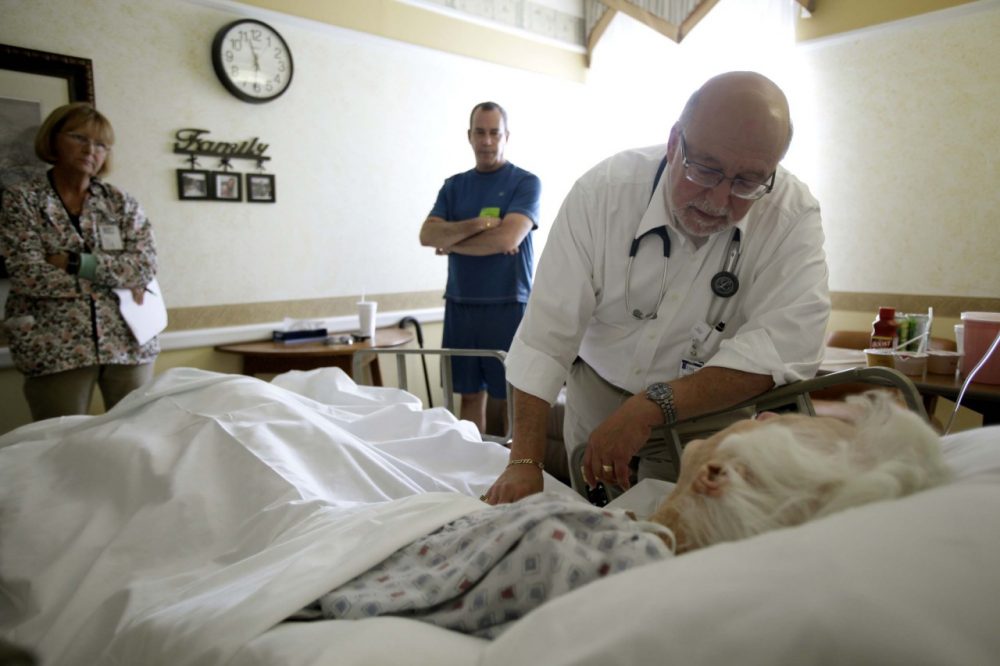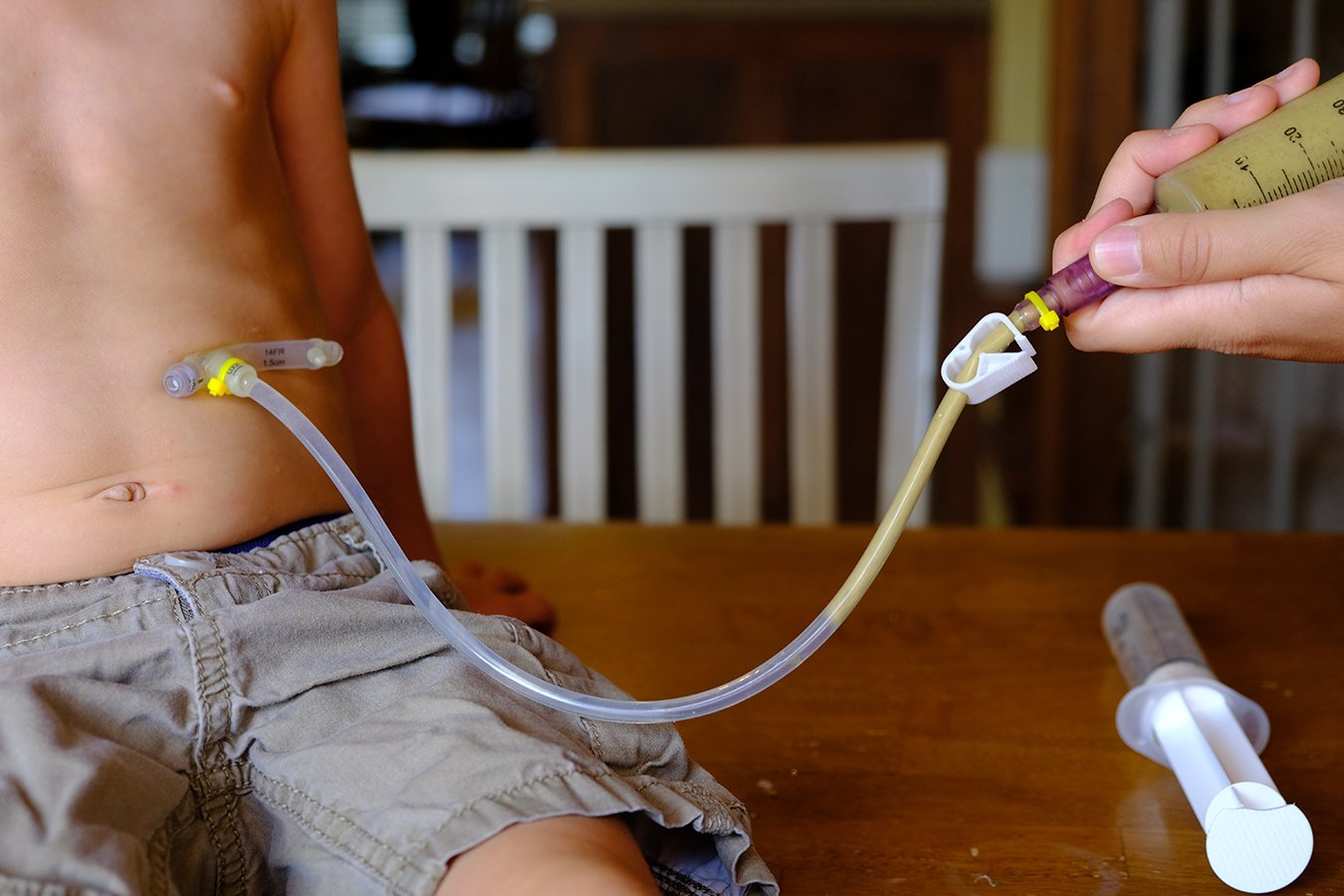Day #13:
On my thirteenth day, I rounded with Dr. Kaur for the last time, experiencing a death early in the morning.
When I entered Dr. Kaur’s office at 8:00 AM, she and her pharmacist talked on the phone about a patient on the fourth floor whose health was deteriorating rapidly. The patient was the 58-year-old man who requested to meet with hospice yesterday. We all rushed across the hallway and ran to the control desk on the fourth floor. 8:10, he was pronounced dead, and the exact time was marked in the Epic system to put on his death certificate. Dr. Kaur and I walked to a back room in the facility. She dialed his wife’s phone number and spoke to her briefly about the death, reassuring her that nurses were holding his hands until the last moment. How someone deals with death varies, and over a while of caring for a patient, the doctor begins to build a relationship with the individual, making it more challenging to watch them die. A takeaway I learned today is that you should be emotionally resilient to work in hospital medicine effectively. At around 8:30, Dr. Kaur, the pharmacist, and I left floor four and went to her next patient, the 95-year-old from yesterday with a heart condition, on floor three. Dr. Kaur explained to her that her vitals indicated a weak heart, meaning that her heart wasn’t strong enough to pump blood through her body. In that condition, particularly among older individuals, the risk of heart failure heightens from inadequate blood pumping strength reaching the heart. Her history of weekly chest pain matches the condition’s description. Since there isn’t a cure, and the patient is 95, Dr. Kaur recommended the patient start hospice care. She agreed to meet with the representatives and begin hospice. Dr. Kaur and I said our last goodbye and walked to our next patient’s room. She was another 95-year-old but was in much better shape. She was admitted to the hospital with an irregular heart rhythm. Her daughter, who was in the room with us, denied any stroke symptoms like forgetfulness and aphasia, ruling out other health concerns. Her medical history was relatively clean, meaning she had kept up a healthy lifestyle and wouldn’t need significant treatment during her stay. Dr. Kaur checked her breathing, and it was normal. We left the room and walked down the hall to the next new patient. Like many patients in the facility, she had type II diabetes. She was admitted with a foot infection and extreme soreness in her left foot. Diabetics commonly have issues with their feet. High blood sugar can permanently damage nerves in the feet, leading to soreness, pain, and an increased chance of infection. This condition is called diabetic neuropathy; around half of all diabetics have the complication. The patient removed the bandages around her foot. There was a large, green, patchy area–the infection–and the rest of the foot was red and puffy. The patient was given strong antibiotics via IV to eliminate the illness. Unfortunately, she will forever have pain due to her neuropathy, so she was given painkillers and anti-inflammatory medications like methylprednisolone, a steroid, to be taken periodically. Then, we revisited the chemo patient scheduled to be discharged this afternoon. However, he developed a high fever throughout the night, so he wouldn’t leave until the following Monday at the earliest. His hacking cough was improving, so Dr. Kaur could converse with him and check his breathing. He also started developing a hand tremor, making it nearly impossible to eat his food without help. She checked his breathing, and we walked out of the room. I returned to the office, grabbed my things, and left Hillcrest for the day. Today, I witnessed the emotional aspect of hospital medicine, especially when dealing with death. Next Tuesday, I will shadow Dr. Sangani and visit her patients.
Death is a complicated reality to grasp, even for experienced doctors. Healthcare workers must comfort a deteriorating patient and their family until the very end so that the family feels supported throughout the process.
Day #14:
My fourteenth day was my first day shadowing Dr. Sangani. We spent the first few hours rounding new (to me) observation patients admitted to the hospital with minor conditions.
I arrived at suite 400 at 8:00 AM today and met Dr. Sangani and Dr. Robinson (the pharmacist following Dr. Kaur). Dr. Sangani explained that her patients were mostly limited to observation cases rather than the inpatient ones Dr. Kaur sees. The most notable difference is that observation patients are usually less sick than inpatients, so Dr. Sangani is given more patients to round daily. We sat in the room for an hour discussing plans. Then, she joined a Microsoft Teams call with other hospitalist directors of the Clinics’ other campuses discussing staffing in a new hospital being constructed. After the call, we spent another half hour writing notes on each patient’s history, including UH and/or MetroHealth history, where possible. Unfortunately, transferring data between the two hospitals is challenging because UH doesn’t use the Epic application system. However, Dr. Hoffer (blogs: 2 and 3) told me that UH is transitioning to Epic soon, so receiving patient histories between hospitals will be easier. Once we made our final touches on the patients’ documentation, we crossed the building to the first group of patients. Since most patients’ conditions were unnotable, almost everyone was scheduled to be discharged home this afternoon. In total, there were two cancer patients. One of whom was nearing the end of her colorectal (colon) cancer. Sadly, because the tumor grew to a large size, she is nearly unable to consume typical food. She had to decide whether to give up food forever for a feeding tube (a device placed from the abdomen and into the intestinal tract that allows for nutrition to be administered to the body directly) or keep eating normal food with a significantly higher risk of developing a blockage. Dr. Sangani, Dr. Robinson, and I left her and her husband to discuss overnight. Most of her other patients came in with feverish symptoms like dizziness. They were provided standard doses of antibiotics to fight the infection. We finished our first round at 11:30, so I packed my bag and left the hospital. Tomorrow will be the last day of my Hawken project, and I will be mainly rounding new patients who took up the rooms of today's discharged patients with Dr. Sangani.
Here is a feeding tube. From right to left: a patient or their caregiver squeezes a syringe with nutritious, soft food into a tube that leads through the abdominal wall and into the small intestine. Sometimes a feeding tube is placed into the stomach instead, but it depends on the patient's condition.


Comments
Post a Comment